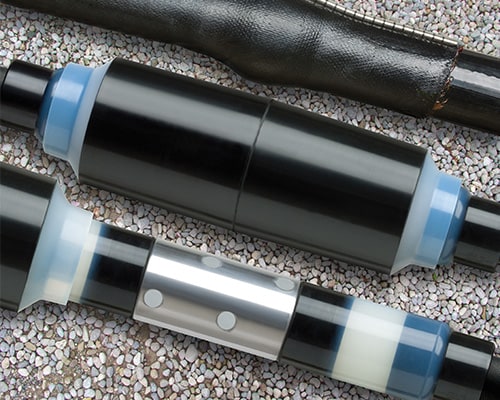TE Connectivity (TE)
TE Connectivity (TE)
-
Login/RegisterHi, GivenNameMy AccountLogin AgainCreate an AccountRegister to enjoy these benefits!
- Order Samples
- Track Your Orders
- Save Product List
- Access Additional Resources
- Get Tech Updates
Welcome!- Online Order Status
- Track Order History
- Samples Order History
- Check Order Status
- Request Secure Access
- My Parts List
- Recently Purchased
Manage AccountLogin to access your orders, address book, product lists, and more.
- Products
- Industries
- Tools & Resources
- Shop TE Store
- Services & Trainings
- About TE
- Sustainability
- Cart (0)
- Login/Register
-
- We are here to help!
- Get in touch with our product experts.
- Chat
- Email us
- Products
- Industries
- Tools & Resources
- Shop TE Store
- Services & Trainings
- About TE
- Sustainability
- Cart (0)
- Hi, GivenName (Log out)
- Dashboard
- Your Account
- Recently Purchased
-
- We are here to help!
- Get in touch with our product experts.
- Chat
- Email us
Read Insights about Energy industry
Grid Connectivity + Reliability
You need robust, safe, reliable networks that stand up to modern energy demands. So everything we do focuses on providing solutions that keep your grid connected and the power on. With over 60 years of experience and 2,300 employees around the world dedicated to the Energy industry, we understand your situation. Because grid connectivity and reliability matter, every connection counts – to you and to us.
Are you sure you want to close chat?

Chat
To begin your chat with TE please enter your details





















